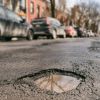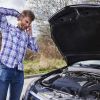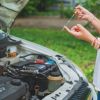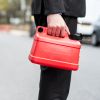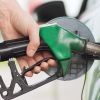Here we explain any prospective damage and run through your options, so you know exactly what to do next.
What to do after putting the wrong fuel in your car
Have you turned the ignition yet? If not, don’t!
The most serious damage from misfuelling occurs after turning on the ignition.
So if you realise you’ve put the wrong fuel in your car before starting your engine, you’re in luck. Here’s what you should do:
- Leave your engine switched off and avoid putting your key in the ignition
- Let staff at the petrol station know what’s happened
- Put the car in neutral
- Push the car to a safe place
- Call breakdown cover or RAC Fuel Patrol to drain and flush your fuel system
- Call your insurance provider as soon as possible
What to do if you start your engine after misfuelling
If you’ve started your engine after filling up with the wrong fuel you should:
- Turn off the engine immediately if it’s safe to do so. If not, pull over to a safe spot
- Put the vehicle in neutral
- Call breakdown cover or RAC Fuel Patrol to drain and flush your fuel system
- Call your car insurance provider as soon as possible
Fixing your car after misfuelling
The RAC's wrong fuel recovery service drains the tank and fuel system of contaminated fuel and provides you with enough clean fuel to start moving again.
Our fuel patrols are trained mechanics and hold accreditation to allow them to work safely on petrol station forecourts, so you don’t have to worry about where you’ve stopped your car.
Specialists can even tow away your vehicle if the damage is too great.
Call RAC on: 0330 332 8456

RAC sale – up to 33% off*
• Roadside cover from £5.29 a month†
• We get to most breakdowns in 60 mins or less
• Our patrols fix 4/5 breakdowns on the spot

Misfuelling
Whether it’s putting diesel in a petrol car or vice versa, this common mistake happens around once every three minutes in the UK and is easily done when not paying full attention at the pumps.
The unfortunate reality is the error can end up proving rather costly, as fuel systems may need to be completely replaced. But that’s not always the case.
- Stop-start engines and engine idling – the law and common myths revealed
- RAC Fuel Watch: Petrol and diesel prices
- Towing a car – tips and rules for towing
Wrong fuel in your car: the symptoms
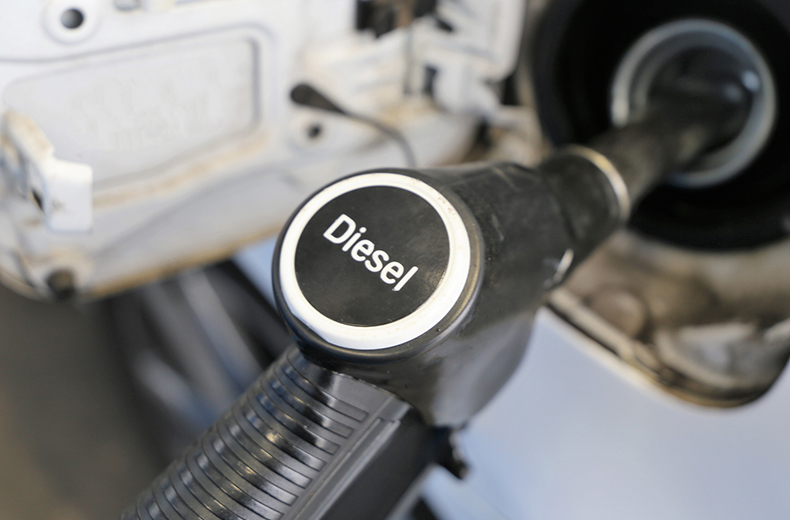
If you’ve used petrol in a diesel car you might notice:
- a loud knocking sound while accelerating
- excessive smoke coming from your exhaust (exhaust repair)
- slower than usual acceleration
- the engine warning light illuminating
- the engine stopping altogether
- your car struggling to restart
If you’ve used diesel in a petrol car you might notice:
- your engine misfiring
- excessive smoke from your exhaust
- your engine cutting out
- your engine failing to restart
What happens when you put the wrong fuel in your car
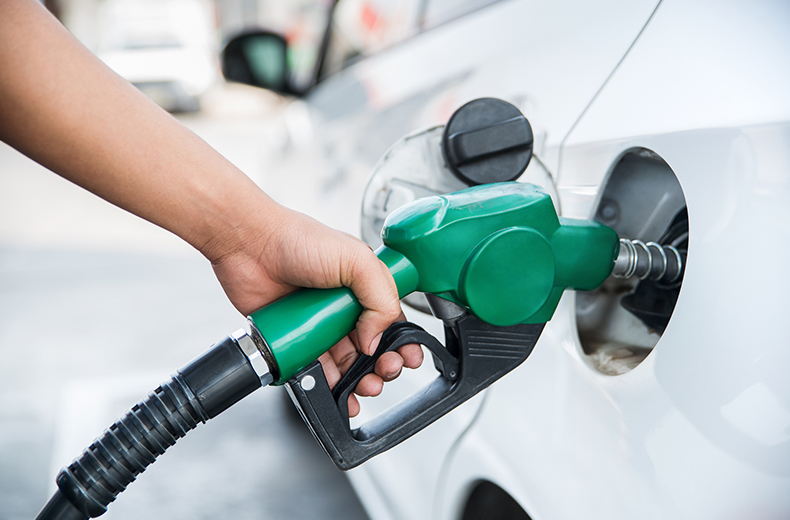
Putting petrol in a diesel car is far more serious than putting diesel in a petrol car.
However, you can limit the damage to your engine by leaving it switched off and your keys well away from the ignition.
We’ll run through common misfuelling damage to both car types below:
Putting petrol in a diesel car
Diesel cars use fuel as a lubrication oil, ensuring engine parts run smoothly to prevent wear and tear.
When petrol is added to diesel the mixture acts like a solvent, dissolving the lubricant. Switching on your ignition circulates the mixture and increases friction between components, damaging parts including your fuel lines and pump.
If you do need a repair, they are often expensive and you may need to replace your entire fuel system.
Find an RAC approved garage from our trusted network, or use a RAC Mobile Mechanic, whether you need repairs or you just need to book a car service or an MOT.
Putting diesel in a petrol car
Putting diesel in a petrol car is less serious than putting petrol in a diesel car.
After starting your engine, the diesel will coat spark plugs and the fuel system, which often leads to misfiring. Your engine may give off smoke, cut out, or fail to start at all.
You should drain the fuel system as soon as possible.
Putting E10 fuel in an incompatible car
Pumps across Britain could start filling cars with E10 petrol from 2021 in an attempt to reduce the nation’s carbon emissions.
However, there could be as many as 600,000 vehicles on our roads that aren’t compatible with the fuel.
The RAC understands that if you put E10 fuel in an incompatible car it will still run, but seals, plastics and metals may be damaged over longer periods as a result of bioethanol's corrosive properties.
There have also been reports that E10 is a less stable fuel and that this can make it more difficult to start a vehicle that has not been driven for an extended period.
Putting E10 in an older car shouldn't be a disaster - just fill up with a compatible fuel as soon as you can to reduce the amount of E10 in your car's fuel system.
If your car is having trouble starting, though - you should call for recovery if you have breakdown cover.
Find out more about E10 fuel.
Contact your local mobile mechanic if you're struggling with fuel recovery
Get 30 driving tips that will save you money
Running a car isn’t cheap, but there are some easy things you can do to keep your costs down. Get these tips and more useful driving articles sent straight to your inbox now.
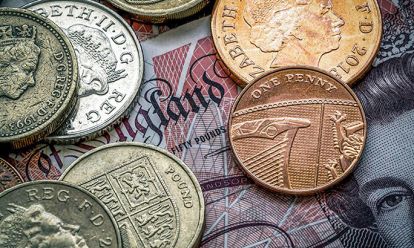

Wrong fuel - FAQs
- How much petrol is OK in a diesel car?
If you’ve added more than three percent petrol to a diesel car, you may experience decreased engine performance, stalling, and possibly even engine damage. In this case, it’s important to get the car checked out by a professional mechanic to determine the extent of the damage and whether or not the car can be driven.
- What happens if I put wrong fuel in my car?
If you put the wrong fuel in your car, the engine will not be able to process it and will not run correctly. The wrong fuel can also damage other parts of the car, including the fuel system and the catalytic converter.
It is important to act quickly if you realise you have put the wrong fuel in your car. The best thing to do is to not start the engine and to call for help. A professional may be able to drain the fuel tank and flush the system with the correct fuel.
In the worst case scenario, the engine may need to be replaced and the cost of repairs can be expensive. - How long does it take to drain wrong fuel?
Draining wrong fuel from a vehicle can take anywhere from a few minutes to a few hours depending on how much fuel has been put in the tank and how accessible the tank is. The process involves draining out the wrong fuel, which is done by connecting an extraction hose to a drain plug. The wrong fuel is then drained out. Additionally, modern vehicles have sealed tanks, which make it more difficult to access and drain the wrong fuel, so the process can take longer.
- How long can you drive with petrol in a diesel car?
Although it is possible to drive briefly with mixed fuels - it should be avoided. Even short journeys with the wrong fuel will likely lead to major issues with your car’s engine.
- How do I know if I've put the wrong fuel in my car?
If you’ve put the wrong fuel in your car, you may experience a range of symptoms including, the engine misfiring, a loss of power, and the smell of fuel within the vehicle. You may also smell fuel coming from the exhaust pipe. The vehicle may also stutter when you pull away in lower gears.

